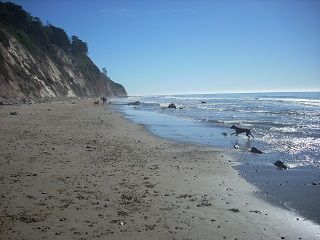The Impact of Biofuels

There are several mechanisms at work here, but they largely come down to land use. In some areas, farmers are planting crops whose ultimate use is biofuel, opting to go in this direction rather than planting food crops. In other areas, large swaths of ecologically beneficial forests are being removed to make room to grow the biomass that will be processed into fuels. (more…)









